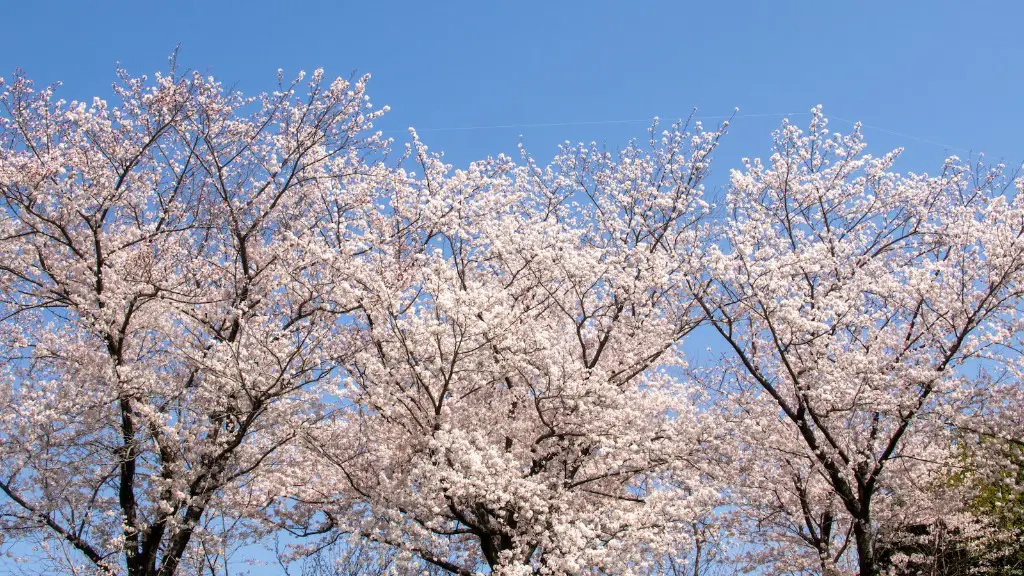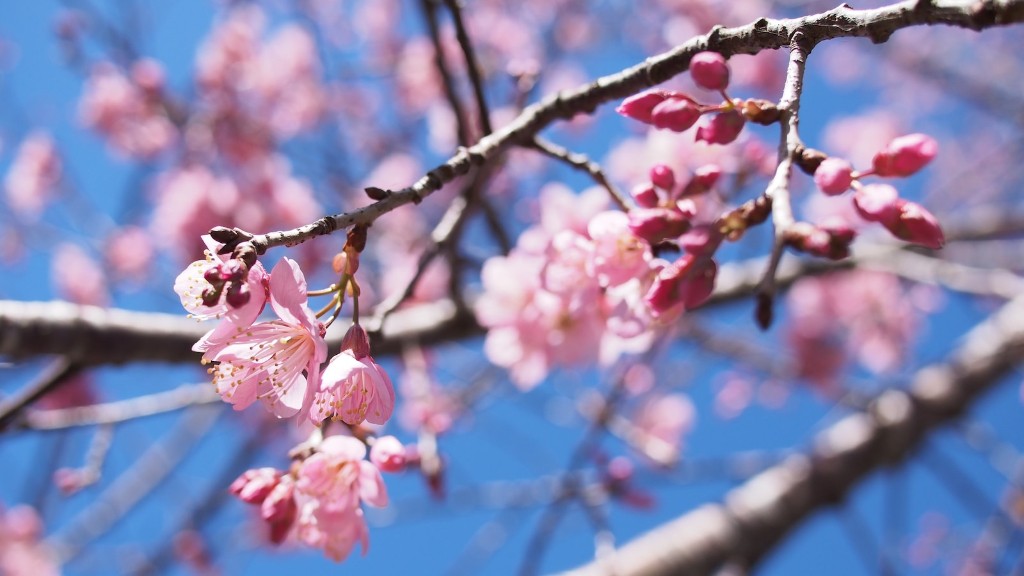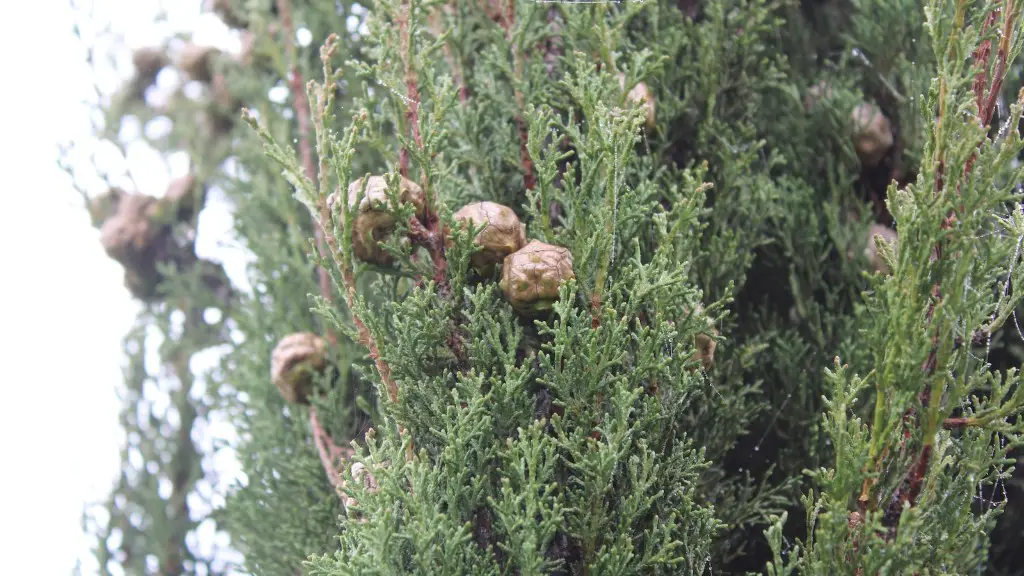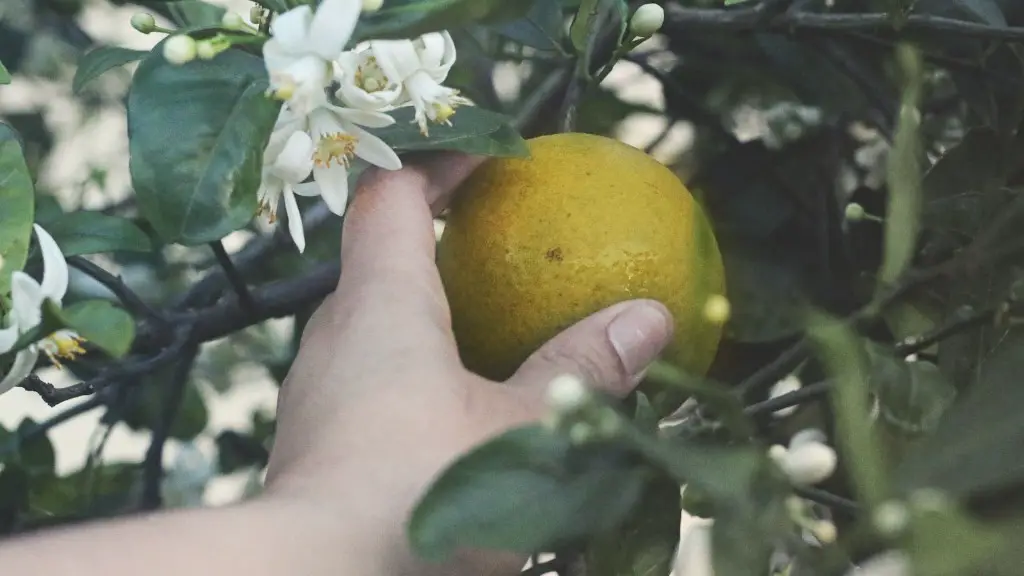Can you grow a cherry tree with a Cherry Pit?
Cherry trees are one of the most popular fruit trees grown in home orchards. The fruits of cherry trees are loved by many people, so the idea of growing a cherry tree from a cherry pit is an attractive prospect for many gardeners.
One of the primary questions that arises when considering growing a cherry tree from a pit is whether it is even possible. The answer, however, depends on several factors, including climate and type of cherry tree, among other things.
Gardening experts advise that it is theoretically possible to grow a cherry tree from a pit. At the same time, they point out that there are many factors that need to be taken into account before attempting it. The type of cherry tree and the climate of the area where one lives are two of the most important factors.
One of the most important aspects is the type of cherry tree that is used for planting. Most cherry tree varieties require a period of cold winter dormancy before they will produce cherries the following season. In warm climates, such as in the Southern United States, it may be difficult to find a cherry tree variety that will survive the mild winters. In colder climates, it may be difficult to find a cherry tree that can survive the long and cold winters.
Another factor to consider when attempting to grow a cherry tree from a pit is the planting medium. The planting medium should be well-draining and provide adequate nutrients. Gardening experts recommend using a mixture of topsoil and compost, as well as adding a balanced fertilizer to the planting medium. The planting mix should be kept moist, but not overly wet, during the growing season.
The cherry tree also should be watered regularly. However, care should be taken to avoid overwatering, as this can cause the roots to rot. Additionally, the cherry tree should be mulched to help retain moisture and keep the roots cool. Pruning should also be done on a regular basis to promote a healthy growth pattern.
Although it is possible to grow a cherry tree from a pit, it is important to keep in mind that it is a long process and may not be successful the first time. Additionally, expert gardeners advise that the fruits of the trees grown from a pit may not be as sweet or as large as those grown from a grafted sapling. Therefore, before attempting to grow a cherry tree from a pit, it is important to consider all of the factors at play.
Developing the Pit
If one decides to go ahead and attempt to grow a cherry tree from a pit, the pit must first be developed. It is important to note that most cherry pits are not large enough to grow a healthy tree. Therefore, the pit should be soaked in water until it starts to split open. Once the pit has started to crack, the exposed end should be scraped with a knife and removed.
The next step is to place the pit in fertile soil and cover it with 1 to 2 inches of soil. It is important to provide enough space for the pit to be planted, as the roots will spread out when the tree is growing. The soil should be kept moist, but not wet, and the planting medium should be well-draining in order to provide the best environment for the pit to develop into a healthy tree.
Once the pit has been planted and the soil is kept consistently moist, the tree should start to germinate within a few weeks. As the tree grows, it should be supported with a stake or trellis, as the tree may become top-heavy. Additionally, the tree should be fertilized with a balanced fertilizer several times a season to ensure that it receives adequate nutrients.
Caring for Cherry Trees
Cherry trees require consistent pruning to ensure healthy growth and the production of fruits. Pruning should be done when the tree is dormant, and should be done in late winter or early spring. Pruning should be done to thin out the branches and to remove any dead or diseased branches. Pruning should also be done to encourage the production of fruits.
To ensure that the tree produces nice, large fruit it is important to thin the fruits out. The thinning should be done when the fruits are still small, as removing too many fruits at once can damage the tree. Additionally, thinning should be done to avoid overcrowding, as overcrowded plants tend to produce smaller fruits.
Cherry trees should also be protected from cold temperatures, as this can damage buds and limit fruit production. When cold temperatures are imminent, the tree should be covered with a protective material such as burlap or frost cloth. This is especially important for trees grown from pits, as they may not be as cold-hardy as grafted varieties.
Harvesting the Fruits
When harvesting the fruits of a cherry tree, it is important to wait until they are fully ripened. Unripe fruits will not taste as sweet, and can also be hard to remove from the tree. Fully ripened fruits will be sweet, and can be easily removed from the tree.
It is important to harvest the fruits as soon as possible, as this will ensure that the fruits do not become overripe. Additionally, harvesting the fruits as soon as possible will also ensure that birds or other wildlife do not eat the fruits.
When harvesting the cherries, it is important to only harvest ripe ones and to gently pluck them from the tree. Any cherries that are damaged or bruised should be discarded. Additionally, unripe cherries should not be harvested and should be left on the tree to fully ripen.
Storing and Preserving the Fruits
The harvested fruits should be kept cool and dry until they are ready to be used. Additionally, they should be stored away from direct sunlight and heat. Fruits can be stored in a plastic container or bag, and can be kept in the refrigerator for up to two weeks.
Fruits that are not eaten fresh can be preserved by drying, freezing, or canning them. Drying them is a simple and easy process, as the fruits can be placed in a single layer on a screen and left in a warm, dry place until dry. Freezing cherries is also simple, as the cherries can be placed in an air tight container and stored in the freezer for up to a year.
Canning cherries is also possible, and is a great way to preserve the fruits for later use. However, it is important to note that canning requires specialized equipment, as well as knowledge of proper canning techniques.
Diseases to Look Out For
Cherry trees can be affected by several types of diseases. If left untreated, these diseases can reduce the number of fruits produced and can eventually kill the tree. The most common diseases include leaf spot, powdery mildew, and black knot. These diseases can be prevented by providing adequate air circulation, avoiding overhead watering, and providing adequate sunlight.
In the event that a tree does become infected with a disease, it is important to act quickly. Most diseases can be treated successfully if treated promptly. The best way to treat diseases is to use an appropriate fungicide, as this will prevent the disease from spreading.
Importance of Pollination
In order for cherry trees to produce fruits, they must be pollinated. While some cherry trees are self-fertile and can pollinate themselves, other varieties require cross-pollination from other cherry trees. Therefore, it is important to plant several varieties of cherry trees together, or to source a neighbor’s cherry tree for cross-pollination.
It is also important to note that honeybees are the primary pollinators of cherries, so it is important to attract these essential insects to the garden. Native wildflowers, herbs, and trees should be planted in the area to attract bees, and the area should be kept free of pesticides and other chemicals.
Pest Control
Cherry trees are susceptible to a variety of pests, including aphids, scale insects, and caterpillars. The best way to control these pests is by using natural methods, such as hand-picking the pests and using insecticidal soap or horticultural oils. Additionally, companion planting with certain herbs and vegetables can help deter pests from the area.
It is also important to not use pesticides on cherry trees, as these chemicals can affect beneficial insects and can reduce the number of pollinators in the area. Additionally, chemical pesticides can negatively affect the flavour and quality of the fruits.
Conclusion
Although it is possible to grow a cherry tree from a pit, there are many factors to consider before attempting it. Furthermore, it is important to be prepared for the long process of growing the tree, as well as the possibilities of diseases and pests. However, with proper care and attention, it is possible to grow a healthy and fruitful cherry tree from a pit.



